Dabblers and divers are two main types of ducks. You can tell them apart by the way they eat, fly and look.
Dabblers (also called puddle ducks) ride high along the water, skimming the surface for food. They’ll tip their head underwater and stick their bottoms straight up in the air while noshing on seeds, grains, plants, insects and worms. Divers ride low in deep, open waters and can dive down 40 feet or more to feed on fish, snails and invertebrates.
Dabblers like mallards, widgeons and teals have feet centered on their body which makes it easy to walk on land.
Divers like canvasbacks, redheads and ring-necked ducks, legs are at the back of the body with larger feet for diving and power swimming. It's awkward for divers to walk on land. Most often, they dive in fairly shallow water from a foot-and-a-half to six feet deep, staying under for 10 to 20 seconds, although they can dive deeper and longer. To dive, the birds depress their body feathers which squeezes out air and makes them less buoyant. Then their power feet will thrust their arched body under. They'll use their legs like paddles and will steer with their head and tail. Their feet will tread while they probe the bottom with their bills for food. When they're done feeding, they'll quit paddling and bob to the surface like a cork.
Dabblers wings are bigger allowing them to shoot straight up out of the water like a rocket. Divers smaller wings and compact body make taking flight more of a runway like approach with fast wing beats and moving feet across the water until they reach enough speed for lift off. Their smaller wings and compact body need more speed and power to get airborne.
So, flushing divers taxi across the water rather than jump into the air like mallards or wood ducks, and they land with a long feet-first skid. Dabblers are slower flyers that can land with spot on accuracy.
Duck feathers are waterproof. Ducks maintain this waterproofing by preening, grooming themselves and picking oil from a gland at the base of their tail. They spread the oil through their feathers as they preen.
Dabblers can sometimes dive, especially to avoid predators, and divers might dabble a bit near shore but both are made for different types of foraging and flight and these can help you tell the difference.
This is a great time of year to watch ducks and their aerial and aquatic maneuvers. You’ll have the best chance to view diving ducks on larger open bodies of water. Dabbling ducks offer greater photo ops as they feed in shallower waters closer to shore.
See dabblers and divers in action in the video below. You can learn more about ducks in our field guide.
Wood Ducks
How much do you know about the wood duck, a type of perching duck that dabbles for its food?
- Wood ducks are mostly herbivorous, eating mostly plant foods, including seeds, nuts such as acorns, fruits, and leaves. They also eat small invertebrates.
- Wood ducks are preyed upon by animals such as hawks. Wood ducks therefore play an intermediate role in the food chain, transforming plant nutrients into a form that predators can consume.
- Wood ducks are a common migrant statewide, foraging in swamps, lakes, backwaters of streams, and ponds. They nest in tree cavities usually near water, although often a mile away.
- Habitat loss and overhunting for meat and plumage caused severe declines in the wood duck’s population by the late 1800s, but federal and state conservation laws helped rescue this species, and artificial nesting boxes have helped increase populations to where they are now stable.
Discover more about the wood duck with ourField Guide.
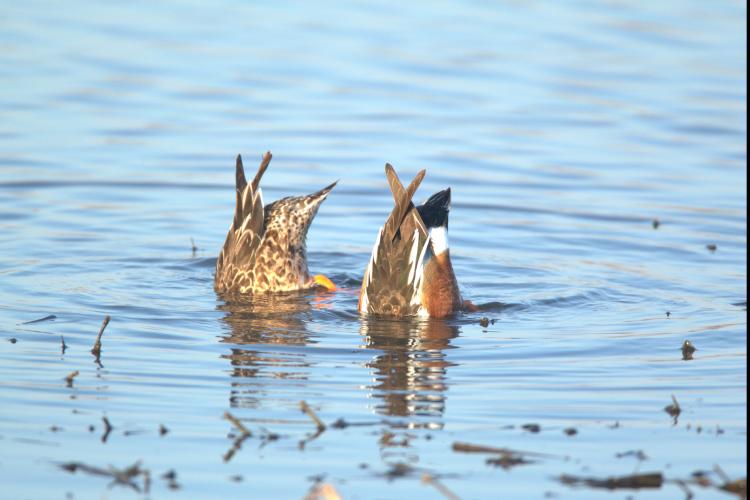

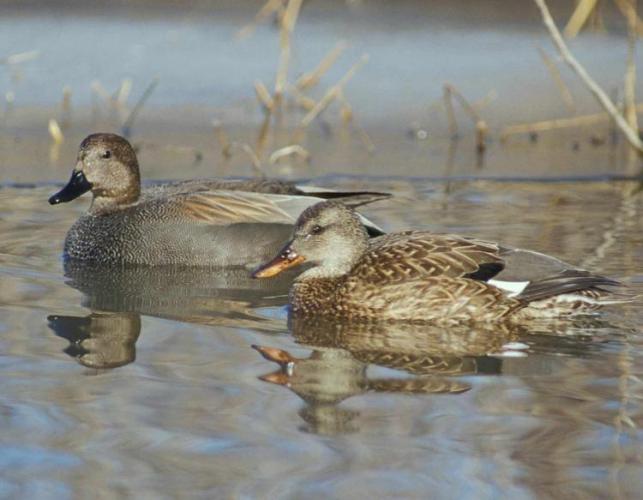
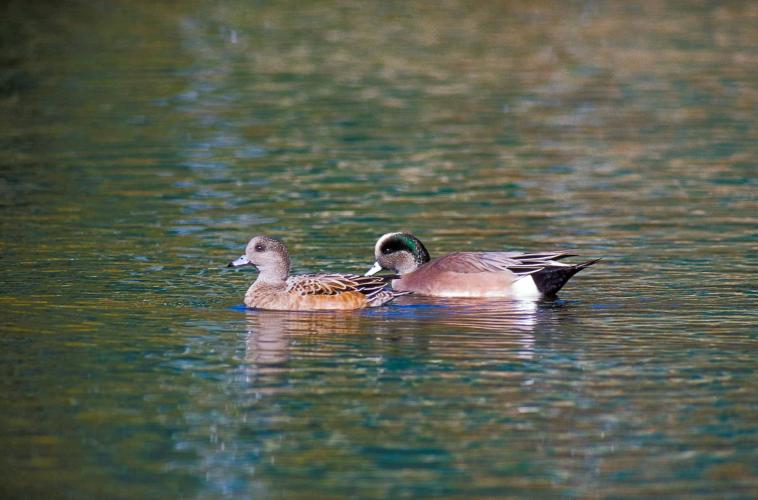
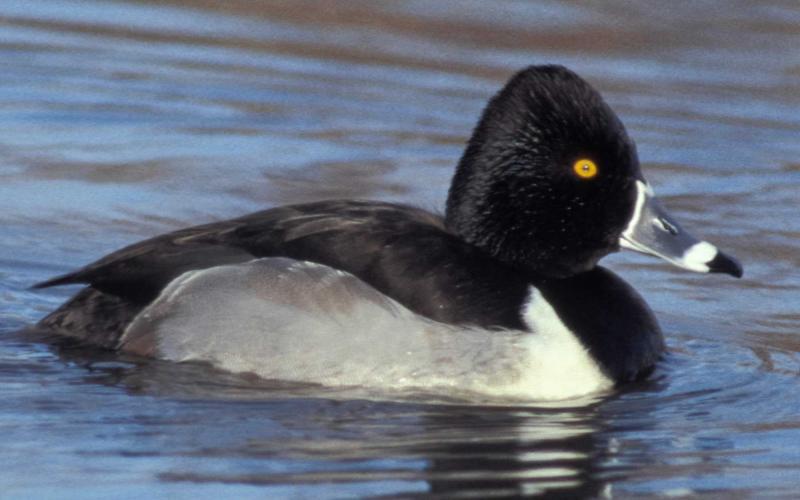
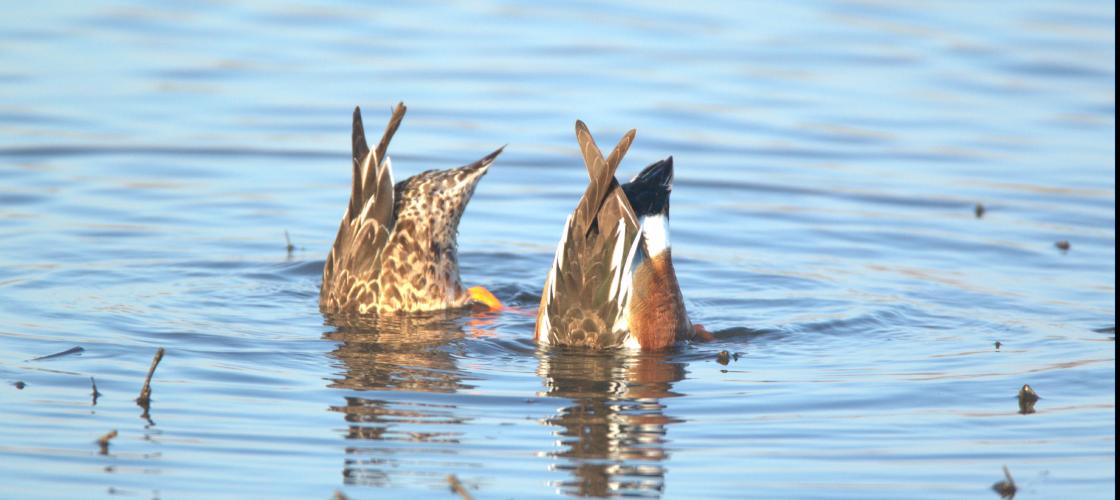
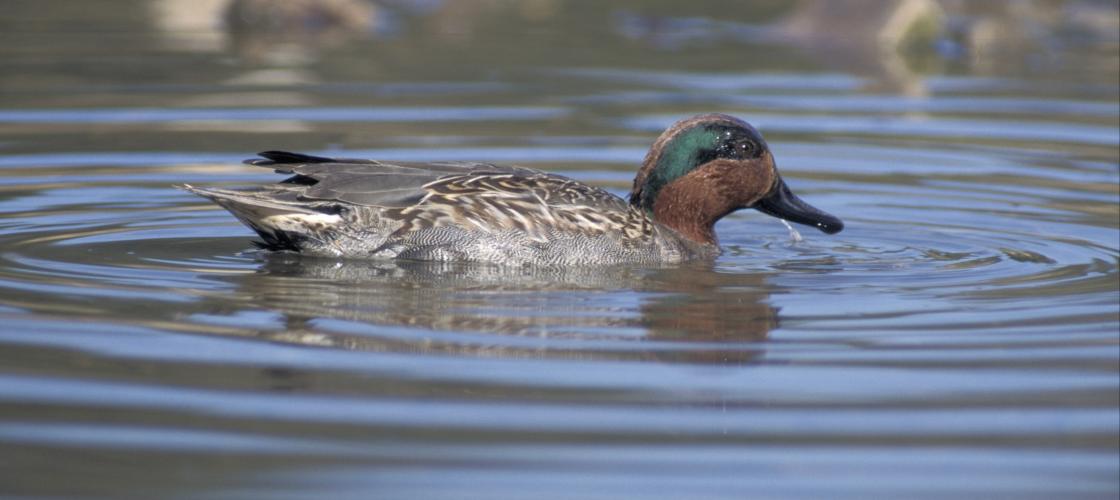
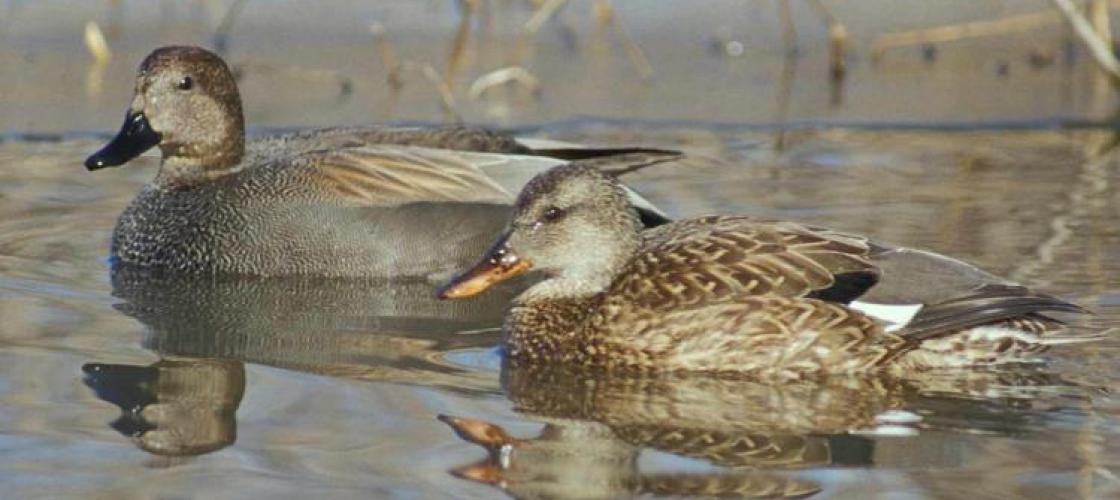
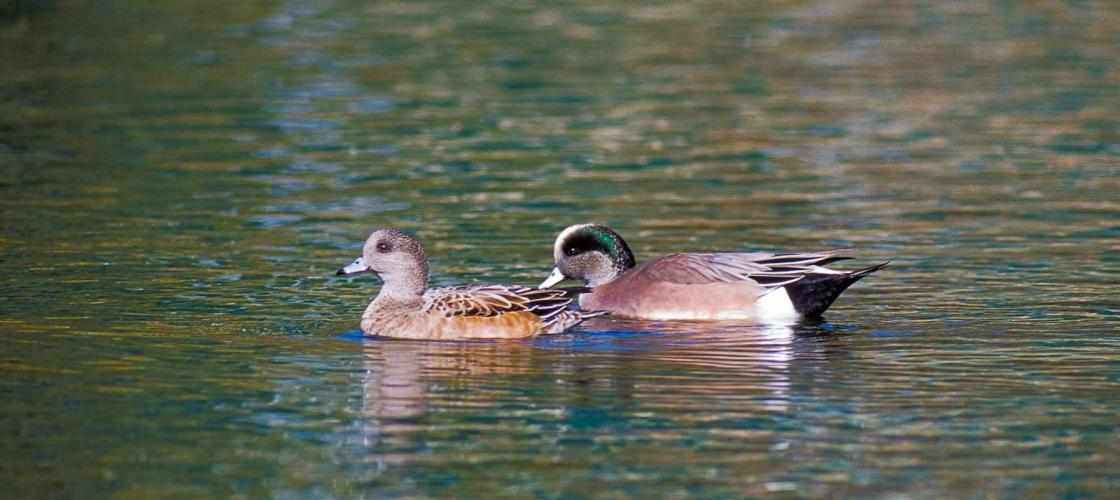
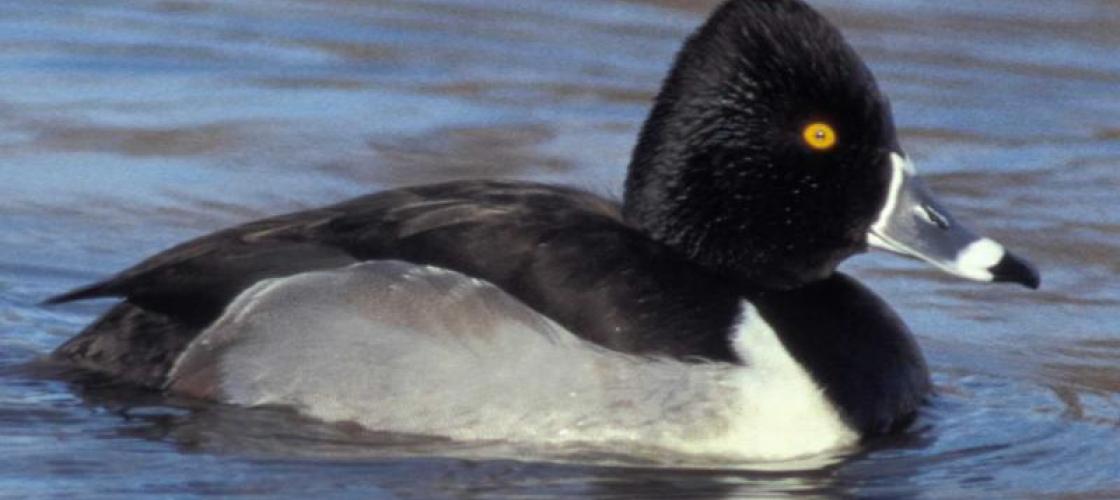
Recent Posts
























